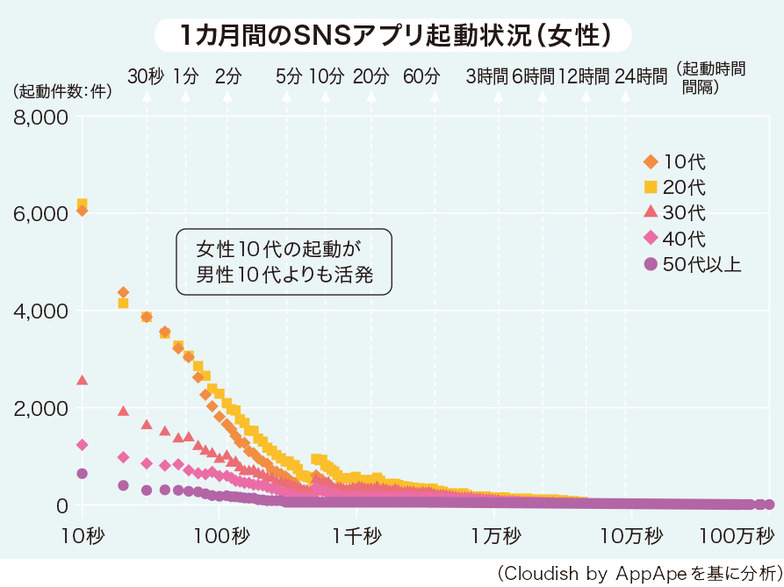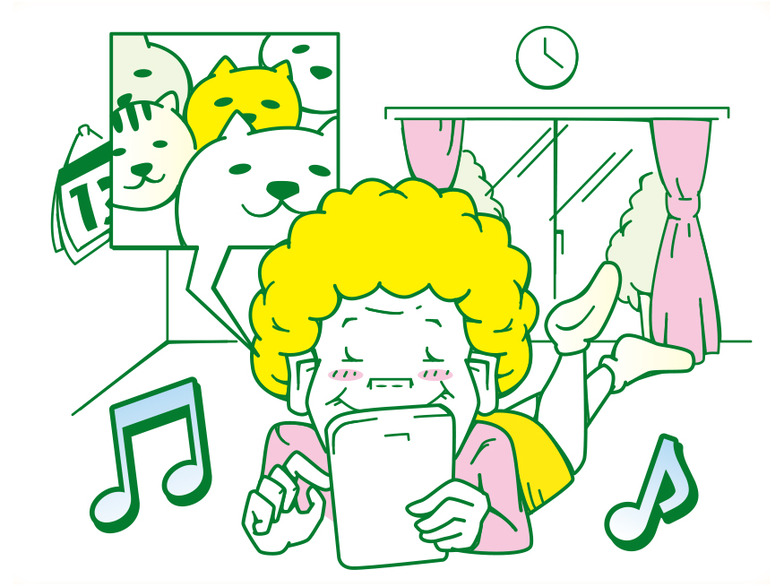Note: This website was automatically translated, so some terms or nuances may not be completely accurate.
Video Research Ltd. + DENTSU SOKEN INC. Joint Report "Smartphones and the Japanese" (Part 2)
Was this article helpful?
Newsletter registration is here
We select and publish important news every day
For inquiries about this article
Author

Ritsuya Oku
Representative of Media Vision Lab
Honorary Fellow, DENTSU SOKEN INC. / Director, Video Research Ltd. Media Design Institute
Joined Dentsu Inc. in 1982. Served in Media Services / Radio,TV Division, Media Marketing Division, and later held positions as Fellow at DENTSU SOKEN INC. and Head of Dentsu Media Innovation Lab. Left Dentsu Inc. at the end of June 2024. Established Media Vision Lab, a personal consulting practice. Primarily provides consulting services to media-related companies in the information and communications sector, focusing on three perspectives: business, audience, and technology. Publications include: "The Birth of Neo-Digital Natives: The Internet Generation Evolving Uniquely in Japan" (co-authored, Diamond Inc.), "An Explanatory Guide to 'The TV Theory That Has Come Full Circle' and the Outlook for Broadcasting Services" (co-authored, New Media), "Confirming the Acceptability of Simultaneous Online Streaming of Broadcasts" ("Nextcom" Vol. 2017 No. 32, KDDI Research Institute), "New Media Textbook 2020" (co-authored, Sendenkaigi), "70-Year History of Commercial Broadcasting" (co-authored, National Association of Commercial Broadcasters in Japan), "Broad and Universal Online Distribution / NHK and Commercial Broadcasters: From Competition to Cooperation" ("Journalism" December 2022 issue, Asahi Shimbun), and "Information Media White Paper 2024" (co-authored, Diamond Inc.). Member of the Ministry of Internal Affairs and Communications' "Study Group on the Future of Broadcasting Systems in the Digital Age." Member of the Publishing and Editorial Committee, NPO/Broadcasting Critics Conference.

Akira Miwa
Dentsu Inc.
Dentsu Inc. Media Innovation Lab
Director of Media Innovation Research
Since joining the company, I have primarily conducted research and studies in the fields of information and communications, digital devices, and content at DENTSU SOKEN INC. I have also worked on building business visions and providing consulting services for both public and private sector clients. My responsibilities have spanned a wide range of areas, from cameras and robots to e-books. From July 2012, I worked on projects related to information media in general within the Media Innovation Research Department. I have held my current position since November 2015.








